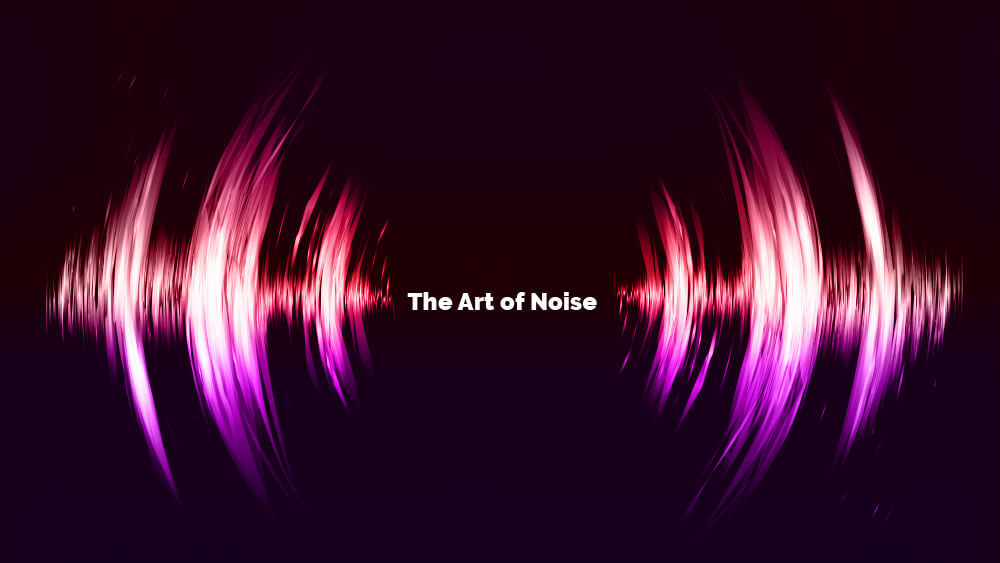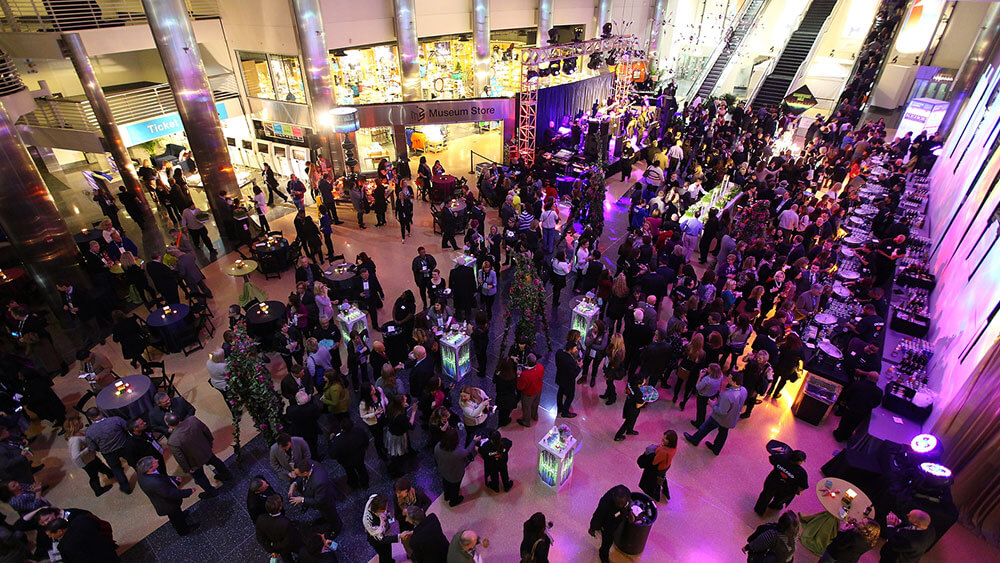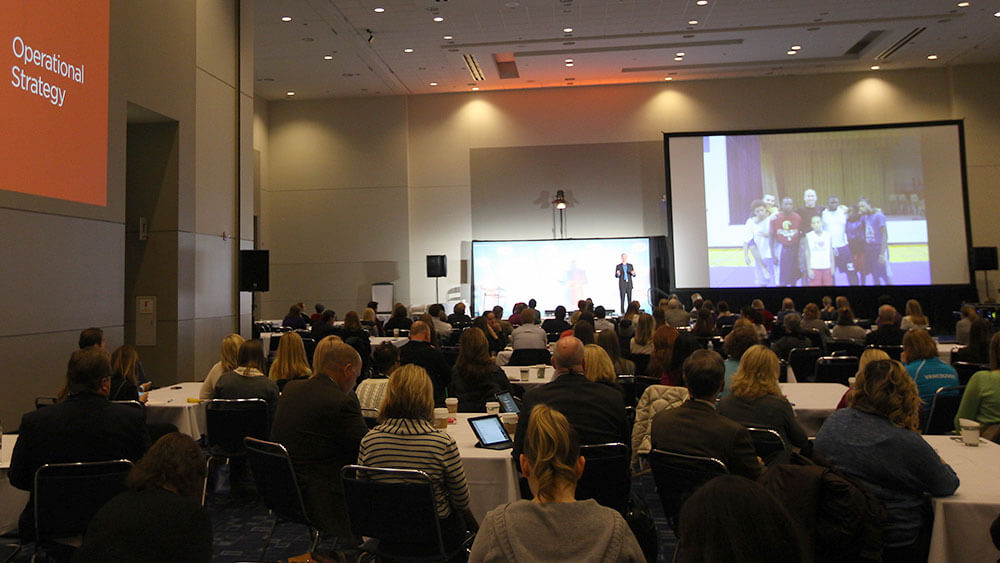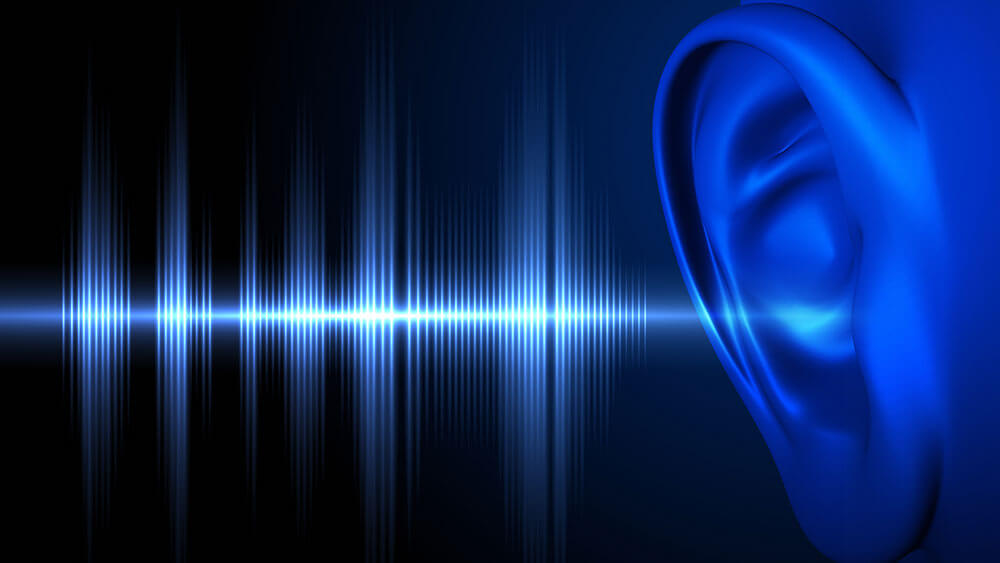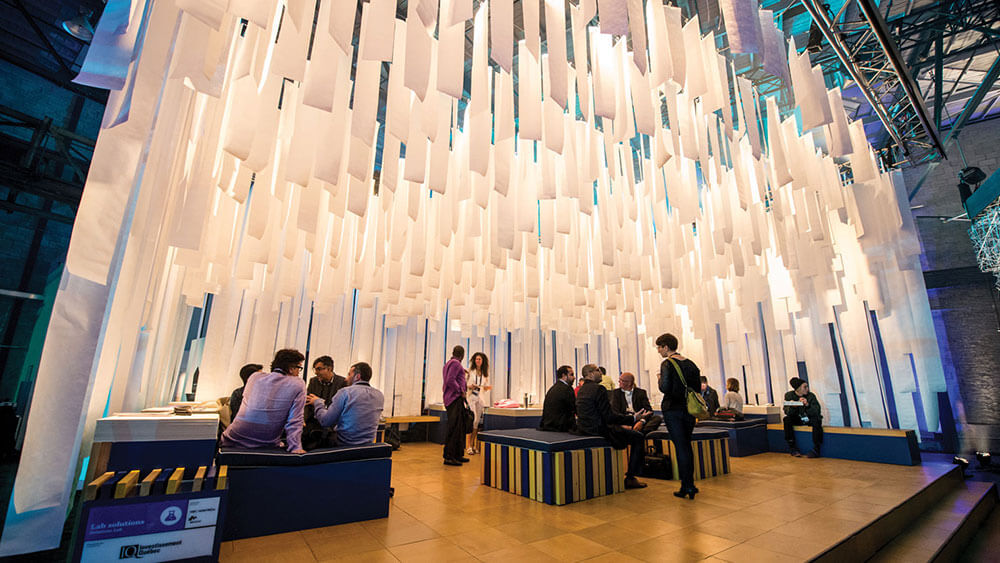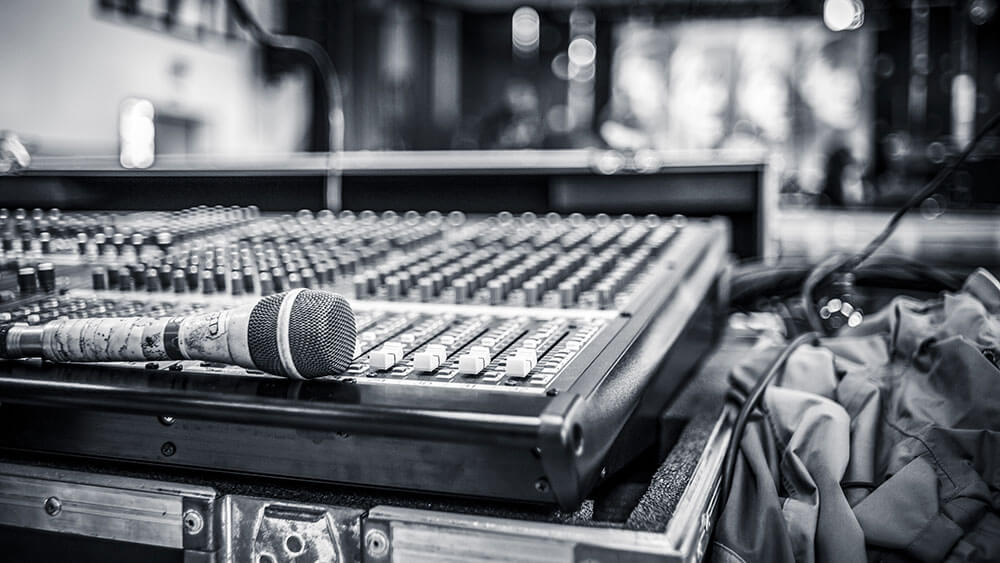If room temperature is the average meeting attendee’s number-one complaint, noise must be a close second.
And in so many different forms. The panel discussion isn’t projecting to the back row. Band rehearsal for the awards gala is leaking into the breakout rooms. Thanks to its in-the-round stage set, the opening keynote session is cutting in and out. The exhibit hall is flat-out deafening.
It’s only when you think about it that you realize the extent to which noise affects the entirety of the attendee experience, from what people learn to how they feel, from their mental faculty to their physical comfort. Research has linked excessive ambient noise to everything from increased stress levels to reduced working memory. And surely your own anecdotal observations at the meetings and conferences you’ve planned have clued you in to the deep, toxic frustration that can result when people simply can’t hear something or someone they’re trying to listen to.
Good sound design isn’t rocket science, but it is a rigorous discipline in its own right. With that in mind, we talked to three audiologists about the art of noise — practitioners and professors working in the field and researching how sound operates both out in the world and inside the brain. We talked to the organizers of C2MTL about their tireless efforts to perfect the sound mix at their mind-expanding conference. And we asked three leading AV providers to share their own best practices.
So adjust the volume, arrange your loudspeakers, check your reverb — and listen up. Click on the headlines below to read all the stories in our May 2015 cover story package.

Sound Advice on the Audio Dynamics of Live Events
Music-engineering professor Colby Leider on the audio dynamics of live events — from the cocktail-party effect and appropriate intelligibility to loudspeaker placement and open-air environments.
How to Create Good Sound Design in Open-Air Spaces
Audio engineer Steve Bush on identifying sound leakage, controlling reverberation, and finding the right expert.
Can Attendees Improve Acoustics at Meetings?
Cognitive scientist Josh Mcdermott on why people hear what they do — and why the auditory conferences he attends often have terrible acoustics.
Commerce + Creativity Does not Equal Cacophony
C2MTL stages its boldly designed program in large, open-air spaces — and through trial and error has learned how to calibrate its sound.
Scene and Heard: 10 Tips for Getting the Best Sound Mix at Events
Getting the perfect sound mix at events and meetings can be difficult, but if you follow these best practices provided by our three experts you’ll make some sweet noise.

